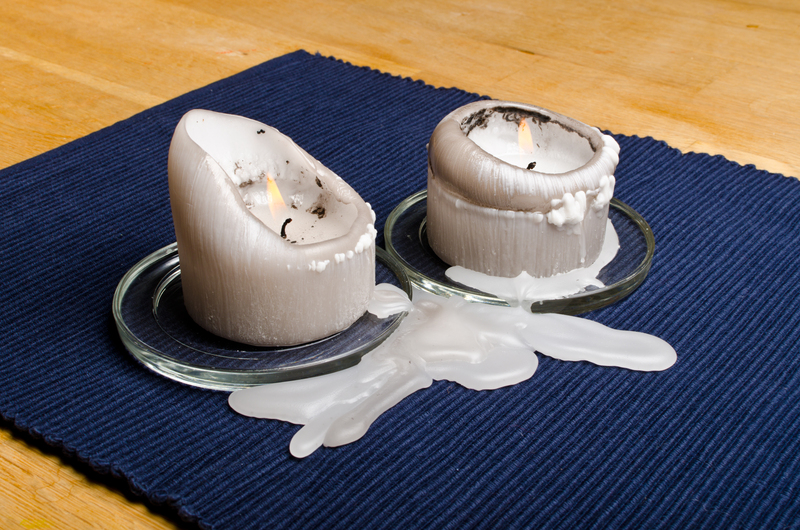Defeating Window Fogging
Posted on 06/08/2024
Window fogging is a common issue that many homeowners face, especially in areas with high humidity or during the colder months. Not only does it obscure your view, but it can also lead to more severe problems like mold growth and damage to window frames. In this article, we will explore various methods to combat window fogging effectively.
Understanding Window Fogging
Window fogging occurs when moisture builds up on the glass surface. This can happen on the inside, outside, or even between the panes of double or triple-glazed windows. The primary cause is the difference in temperature between the indoor and outdoor environments, causing condensation.

Internal Window Fogging
Fogging on the inside of windows is often a result of high humidity levels within the home. Activities such as cooking, showering, and indoor drying of clothes can contribute to this excess moisture.
External Window Fogging
External fogging can be a common occurrence, particularly during early mornings when outdoor temperatures begin to rise. While it doesn't pose any significant threat, it can be an inconvenience.
Window Fogging Between Panes
Double and triple-glazed windows can sometimes develop fogging between the panes. This usually signifies a broken seal or a compromised window unit, requiring more immediate attention.
Methods to Combat Window Fogging
Reduce Indoor Humidity
1. Use Dehumidifiers:
Invest in dehumidifiers to maintain an optimal humidity level within your home, ideally between 30% and 50%.
2. Ventilation:
Improve air circulation by using exhaust fans in bathrooms and kitchens. Opening windows frequently can also help.
Window Treatments
1. Install Window Films:
Specially designed window films can help in reducing fogging by balancing the temperature between the window glass and the room air.
2. Double Glazing:
Consider upgrading to double or triple-glazed windows which are more resistant to fogging.
Exterior Solutions
1. Hydrophobic Coatings:
Apply hydrophobic coatings to the exterior of your windows to prevent moisture from clinging to the glass.
2. Proper Landscaping:
Ensure proper landscaping around windows to allow airflow and reduce external humidity levels.
Interior Solutions
1. Thermal Curtains or Blinds:
Use thermal curtains or blinds to keep the interior temperatures more stable, reducing the chances of condensation.
2. Condensation Absorbers:
Place condensation absorbers on windowsills to soak up excess moisture and reduce fogging.
Pros and Cons of Defeating Window Fogging
Pros
- Clear View: Window treatments and anti-fog measures ensure you maintain a clear view outside.
- Preventive: Reducing chances of mold growth and structural damage.
- Energy Efficiency: Insulating windows can lead to lower energy bills.
Cons
- Cost: Some solutions like double glazing can be expensive.
- Maintenance: Regular treatments such as reapplying hydrophobic coatings require maintenance.
Practical Tips for Preventing Window Fogging
1. Monitor Indoor Humidity:
Use a hygrometer to keep an eye on humidity levels.
2. Routine Checks:
Check window seals and insulation regularly for any damage.
3. Seasonal Maintenance:
Clean windows and apply necessary treatments ahead of seasonal changes.

Takeaways
- Understand the Type: Identify if the fogging is internal, external, or between panes.
- Apply Appropriate Solutions: Use a combination of internal and external solutions.
- Regular Maintenance: Regular checks and maintenance go a long way in preventing window fogging.
Conclusion
Defeating window fogging is essential for maintaining clear windows and preventing potential damage to your home. By understanding the causes and applying a mix of the solutions mentioned above, you can significantly reduce or even eliminate window fogging. Regular maintenance and seasonal preparations will ensure that your windows remain fog-free, enhancing your home's comfort and value.







